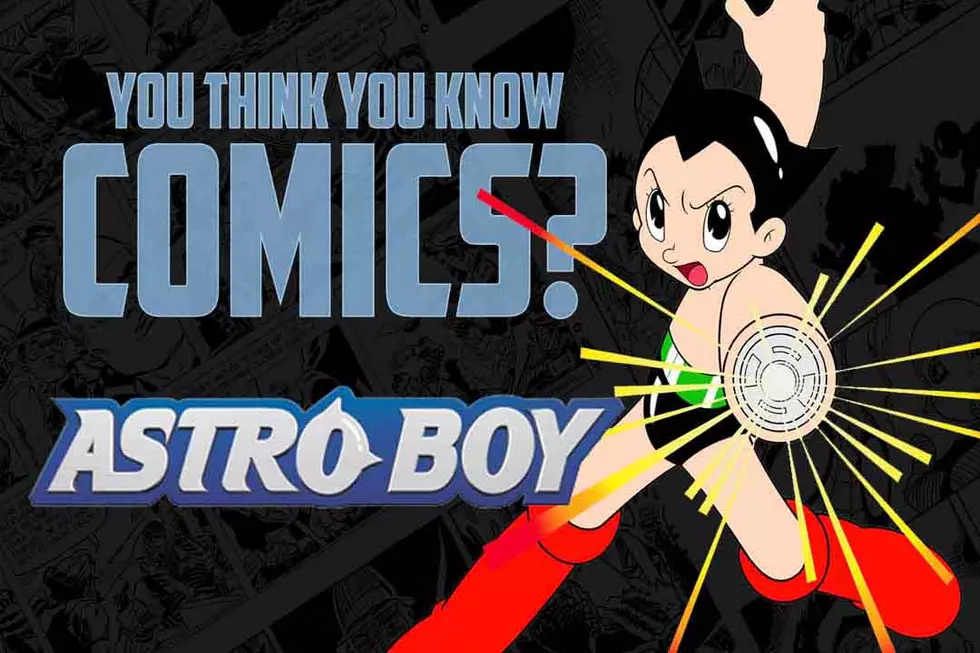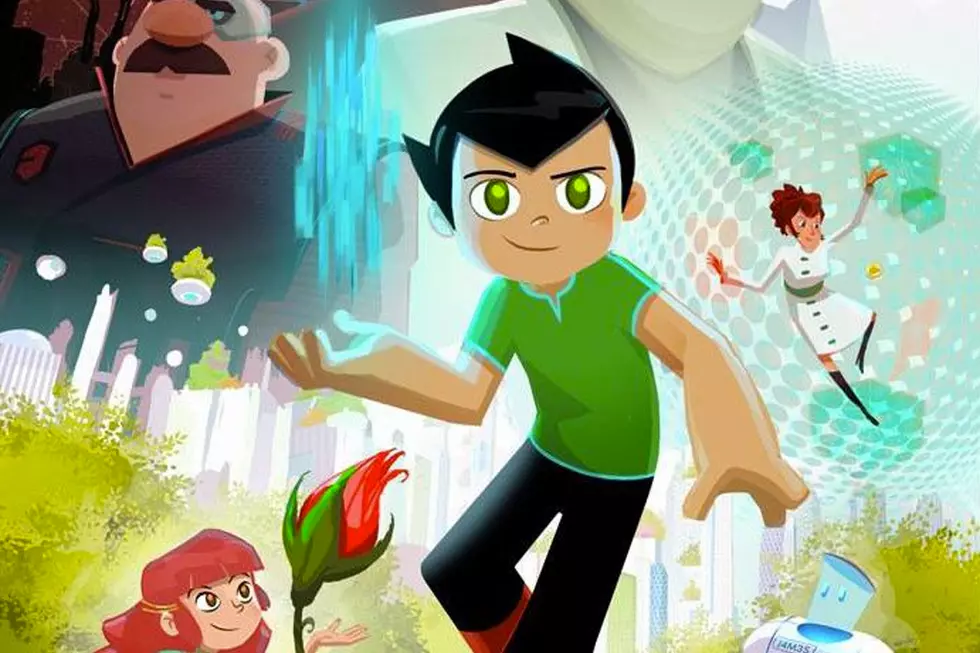
‘Astro Boy’ Spin-Offs: The Movie vs. ‘Pluto’
Since its creation in 1952, Osamu Tezuka's "Astro Boy" manga has become a certified worldwide phenomenon, featured in multiple television series, movies, and books. 2009 alone saw the introduction of two new takes on the "Astro Boy" mythos: a CGI "Astro Boy" movie aimed squarely at the brainpans of American children, and "Pluto," a new manga for adults who want a little bit more from their cartoon characters.
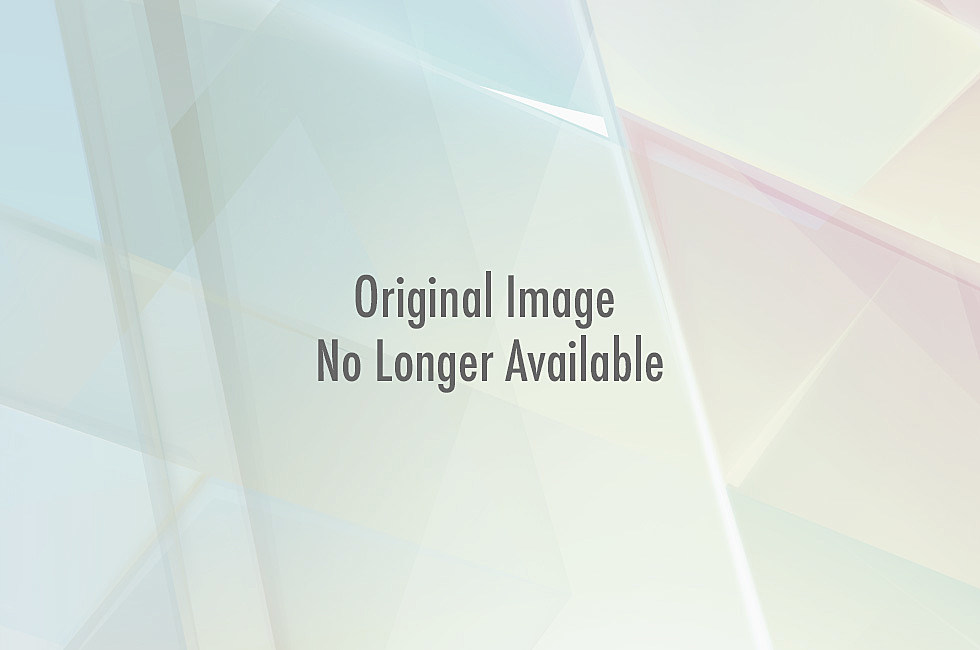
This film was produced by Imagi Animation Studios, perhaps best known for 2007's "TMNT," and their take on the classic tale of the robot boy can best be described as "If it ain't broke, adapt it." Tezuka's world and characters were massaged into slightly different incarnations, with a pretty formulaic plot laid across the revamp; Kristen Bell plays the Spunky Female Supporting Character, there's a cute (semi-)talking dogbot, a kindly character revealed to be a villain, and it even ends on a one-liner. In short, it as to hit all the highlights of a typical summer kids' movie.
But while the film certainly takes a few liberties, in a way, it is still very true to the idea of "Astro Boy." The classic black and green shorts show up a few times and Astro's improbably styled hair is true to form. Most true of all, though, is the way the film is crafted and aimed directly at young kids, the original target audience of "Astro Boy," and the message of tolerance and being true to yourself that was central to the original work.
On the opposite end of the "Astro Boy" spectrum is Naoki Urasawa and Takashi Nagasaki's "Pluto: Urasawa x Tezuka," released bi-monthly by Viz Media as part of their Viz Signature line. "Pluto" is Urasawa's take on the "Astro Boy" story "The World's Strongest Robot," where "the seven great robots of the world" are chased down and defeated by a mysterious and super-strong automaton.

Urasawa's reinvention of the story turns "Astro Boy" from a fun and rambunctious comic for kids into the manga equivalent of "Se7en." There are plenty of scenes of robots fighting other robots, often to devastating effect, but the real punch of "Pluto" comes from the emotional interactions between characters. Urasawa manages to portray a conversation in a coffee shop between two robots just as exciting as a wall-running, laser-firing, base exploding confrontation between two other robots. Equal parts melancholy and tense, "Pluto" manages to make what was a relatively brief story into an eight volume epic of intrigue, deceit, murder, and humanity.
If you're coming to "Pluto" to get your fix of Astro Boy himself, though, you may be disappointed. Atom, as he is known in this series, is a supporting character, while Gesicht, a German robot police officer, takes center stage. Urasawa's more realistic art style strips away Tezuka's cartoony flourishes, instead indicating classic characters through sometimes-subtle nods to their past designs. Atom's three horns of hair are gone, replaced with a boyishly tousled hairdo. Dr. Ochanomizu's enormous nose makes it into "Pluto" more or less the same, but the new designs for certain characters may surprise you.

It's fascinating to look at "Astro Boy" and "Pluto" and how they both pay homage to their source material. The creators of both tales worked closely with Osamu's son, Macoto Tezuka, to make sure that they were respectful to his father's work. Both pull bits and pieces from the "Astro Boy" mythology and come up with two stories that couldn't be more different, nor aimed at more disparate audiences, and it's a testament to the strength of "Astro Boy" as a concept that two such works could be created from the same source.
Elsewhere On The Web:

The 10 Bloodies Moments of 2009 (Adult Swim)
Rejected Mortal Kombat Fatalities (Gorilla Mask)

13 Bizarre Comics & Cartoons (I Am Bored)
_qoptions={ qacct:"p-73t-O7FWprUTo", labels:"ULink" };<img src="http://pixel.quantserve.com/pixel/p-73t-O7FWprUTo.gif?labels=ULink" style="display: none;" border="0" height="1" width="1" alt="Quantcast"/>
More From ComicsAlliance
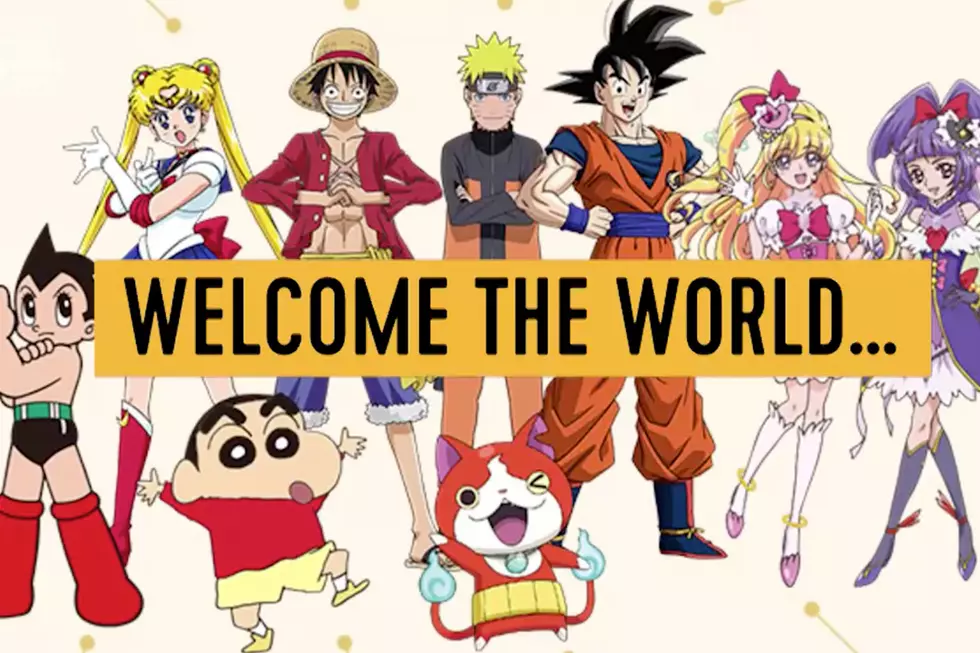

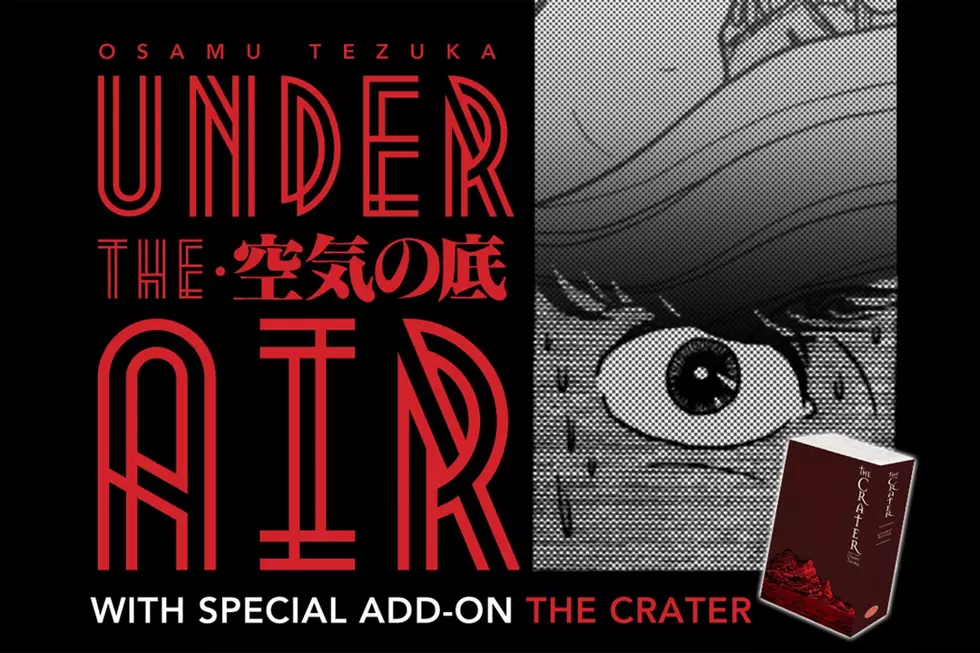

![Fantastic Five: Best Kid Heroes [Kids’ Comics]](http://townsquare.media/site/622/files/2016/08/kid-hero-fives.jpg?w=980&q=75)

